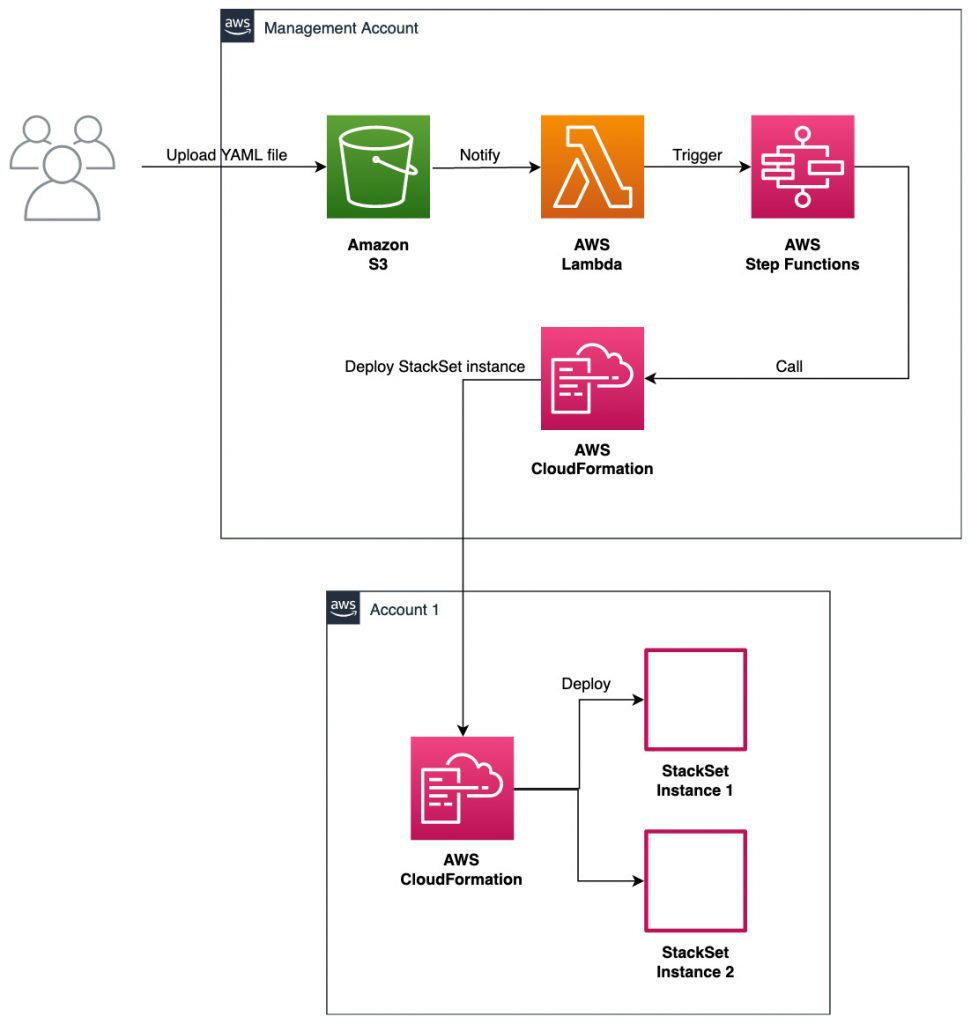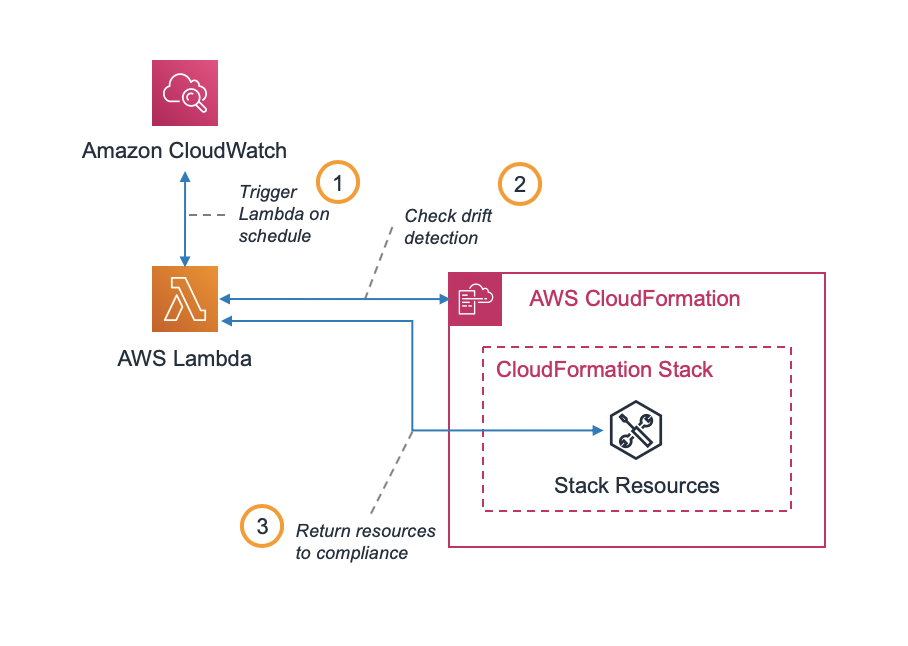AWS Cloud Operations & Migrations Blog
Category: Integration & Automation
Limit interactive session commands by groups of users using AWS Systems Manager
Customers are looking for a way to limit the types of commands that can be run on their Amazon Elastic Compute Cloud (Amazon EC2) instances when using AWS Systems Manager Session Manager interactive sessions. Allowed commands vary by group, meaning you need to allow different sets of commands based on the group of users. For […]
DevSecOps for auto healing PCI DSS 3.2.1 violations in AWS using custom AWS Config conformance packs, AWS Systems Manager and AWS CodePipeline
If you migrate your workloads to the cloud to modernize your applications or secure infrastructure and operations, you’ll find these migrations are increasingly performed with a DevOps methodology that incorporates continuous development, integration, and testing. It is always a best practice to incorporate security as code in your DevOps workflows to uncover security issues when […]
Handling Region parity with infrastructure as code
AWS CloudFormation allows you to create and manage resources with templates. AWS provides a number of Regions where its services and features are available. Although it can be beneficial to deploy the same AWS CloudFormation template in multiple Regions, customers who operate in multiple Regions face challenges due to parity differences among services and their […]
AWS CloudFormation StackSet Orchestration: Automated deployment using AWS Step Functions
We often use AWS CloudFormation StackSets to automatically deploy infrastructure into many different accounts. Whether they are managed by AWS Control Tower or AWS Organizations, StackSets provide a simple and automated way to handle the creation of resources and infrastructure right after provisioning a new account. You can automatically deploy StackSets to accounts that belong […]
Automated configuration of Session Manager without an internet gateway
Session Manager is a fully managed AWS Systems Manager capability that you can use to manage your Amazon Elastic Compute Cloud (Amazon EC2) instances, on-premises instances, and virtual machines (VMs) through an interactive one-click browser-based shell or through the AWS CLI. Session Manager also provides secure and auditable instance management without the need to open […]
Use Systems Manager Automation documents to manage instances and cut costs off-hours
Cut costs by minimizing infrastructure when it’s not under heavy use, for example turning off EC2 and RDS instances nights and weekends. In this post you will learn how to do this using Systems Manager Automation Documents, State Manager, and CloudWatch Events.
Implement automatic drift remediation for AWS CloudFormation using Amazon CloudWatch and AWS Lambda
“Stack drift” is a common occurrence for organizations using AWS CloudFormation, and remediating stack drift represents a persistent and tedious challenge for organizations managing critical infrastructure with CloudFormation stacks. Stack drift occurs when the actual configuration of an infrastructure resource differs from its expected configuration. Typically, this is caused by users editing resources directly by […]
How to automate the creation of multiple accounts in AWS Control Tower
Last updated 24 Feb 2022 to support submission of 300+ account entries per each deployment. Last updated 17 Nov 2021 to handle the changes to Account Factory inputs parameters with Nested OU support. Last updated 25 JUL 2021 to pass account details from local S3 bucket. Many customers that we work with are creating and […]
Implementing Serverless Transit Network Orchestrator (STNO) in AWS Control Tower
Introduction Many of the customers that we have worked with are using advanced network architectures in AWS for multi-VPC and multi-account architectures. Placing workloads into separate Amazon Virtual Private Clouds (VPCs) has several advantages, chief among them isolating sensitive workloads and allowing teams to innovate without fear of impacting other systems. Many companies are taking […]
Using lifecycle events to track AWS Control Tower actions and trigger automated workflows
Many customers that I work with are creating and provisioning new accounts using AWS Control Tower. They prefer an AWS native solution for creating their environment knowing that it will be based upon documented AWS Best Practices. As customers scale their account creation, there exists an opportunity to use additional Control Tower features to perform […]









